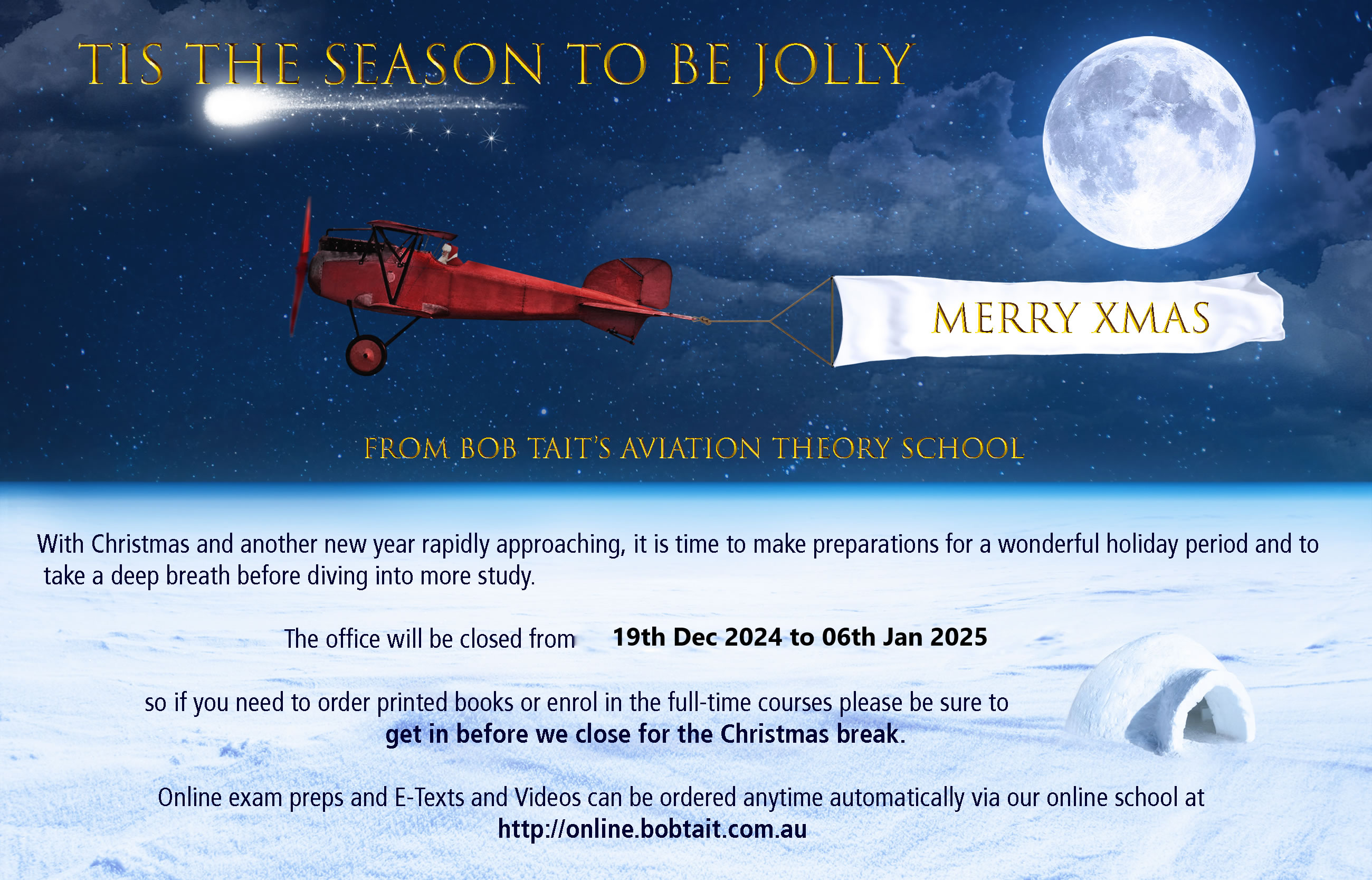Hi cessna,
First off, the term "Power" we are referring to here is the concept of Power in physics and not the "power" or throttle control in the cockpit. To avoid confusion, I'll use the term "throttle" to refer to the control in the cockpit and the term "Power" to refer to the principle in physics. We influence Power with the throttle by changing the engine RPM but Power is really a function of Thrust and speed.
If the aircraft is moving at zero speed then Power is zero - even if the engine is working really hard and producing heaps of thrust.
The Power Required curve relates the amount of Power required to achieve the airspeed we want to fly. At high speed the Power required is high (so we will tend to have a higher throttle setting), but as speed decreases, the Power required to achieve that speed also decreases (and our throttle setting will also be lower). At some speed though the Power required reaches a minimum and if we slow below that speed, we actually need more Power to maintain that lower speed. This curve is the "Power Required" curve (see the diagram below). We can influence the amount of Power we are getting using the throttle.
Don't confuse that with the "Power Available" curve which tells you how much "Power" is available from the powerplant/propeller combo at any particular speed. It is calculated by engineers using the speed of the aircraft resulting from the Thrust being produced.
As I said above, If speed is zero, you can have all the thrust in the world but you are not producing any Power. To clarify that, imagine you have the engine running at full throttle but with your feet on the brakes. The engine is producing its maximum static RPM and heaps and heaps of thrust but the aircraft isn't moving at all so speed is zero and therefore Power is zero.
At zero speed the Power available is zero but rises very quickly as soon as the speed starts to increase. Our aircraft needs a lot of thrust to fly very slowly and therefore it also needs a lot of Power. If the Power required is more than the Power available, the aircraft will not be able to fly at the speed. It is only after the Power required and the Power available curves have crossed that the aircraft can maintain straight and level light. In fact the point where the two curves first cross is the minimum possible flying speed with full throttle. As you may have already encountered in your flying training , this speed will be lower than the stalling speed for the aircraft.
Cheers,
Rich



